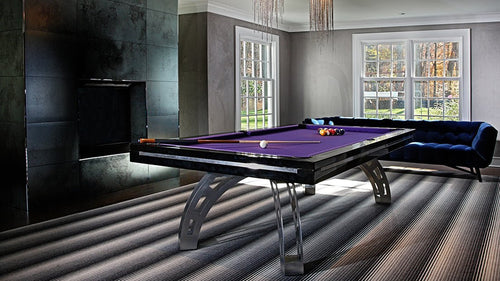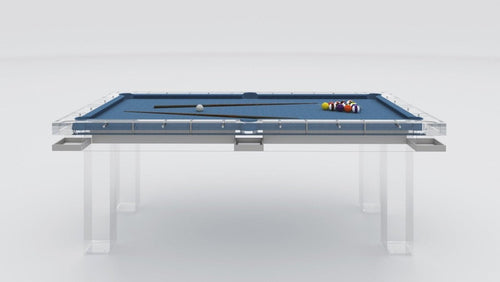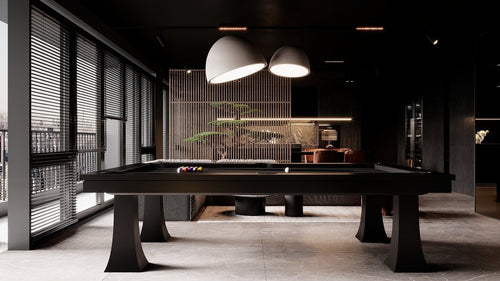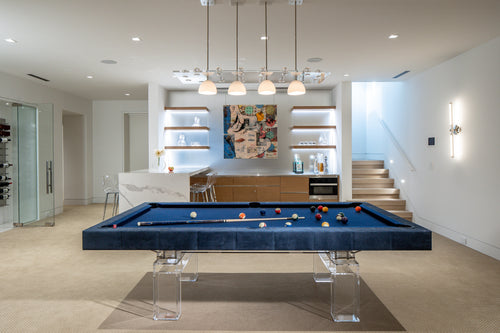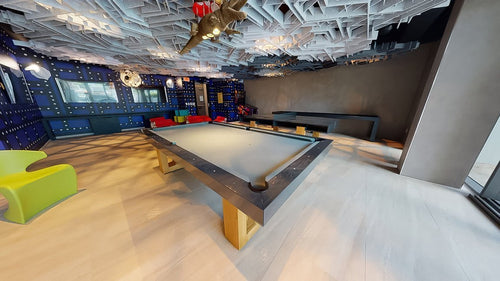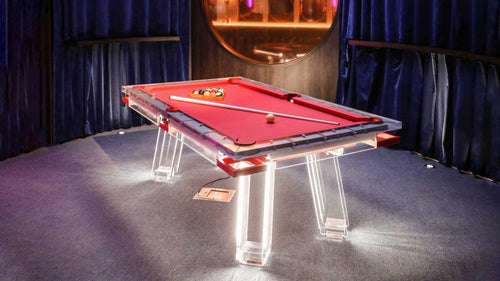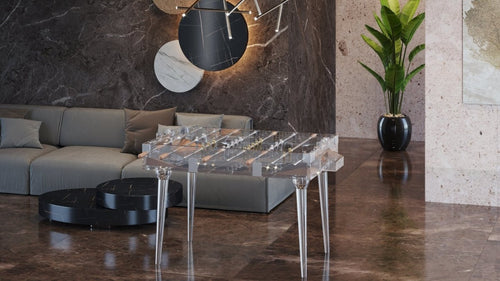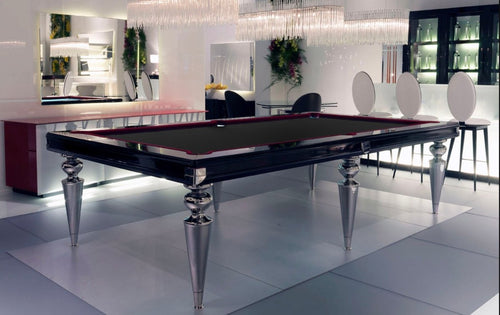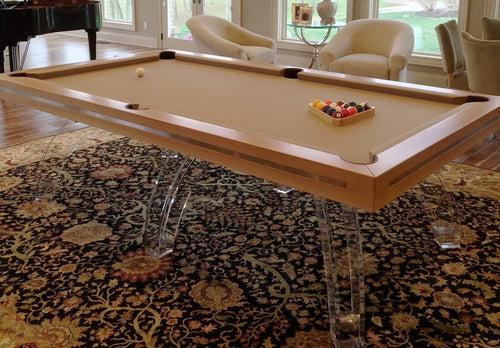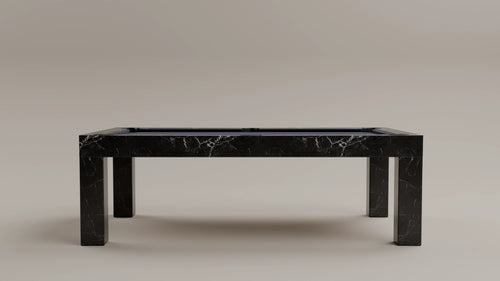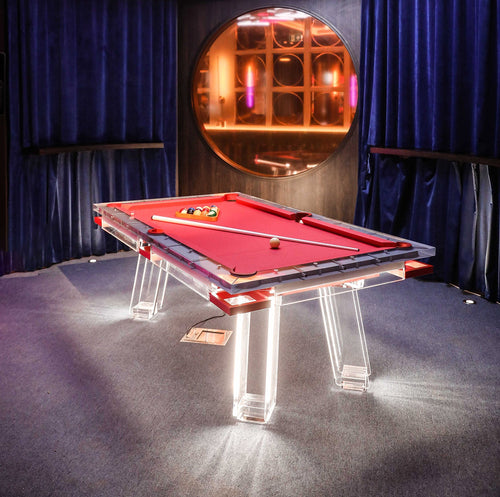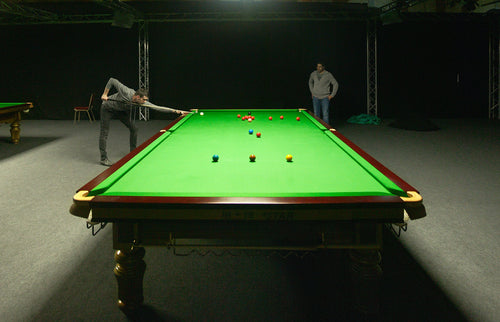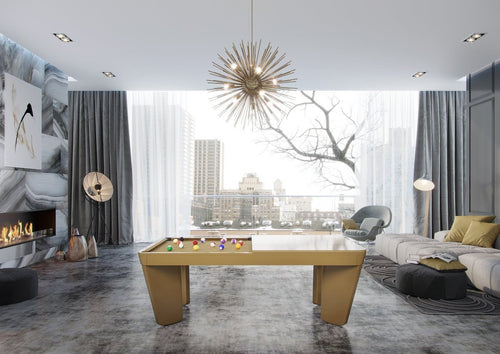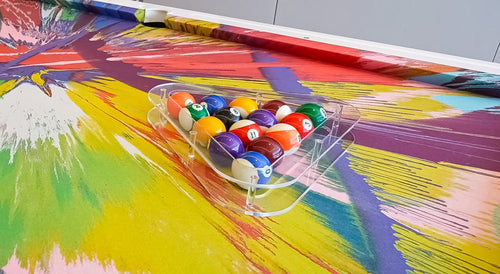Enjoy our modern designs
Estimated Read Time: 4 mins |
At its core, interior design seeks to make the use of spaces more convenient, comfortable, and pleasurable. The effectiveness of a design hinges on its alignment with the users' activities, physical dimensions, and needs. Achieving the desired mood or atmosphere in a room depends heavily on the spatial qualities of comfort and security.
Comfort in Relation to Activity and Human Factors
Human factors and ergonomics play a pivotal role in achieving comfort. Ergonomics ensures that furniture and spatial elements are designed to fit human dimensions, allow for necessary movement, and suit the task being performed.
- The perception of comfort is influenced by the activity being done, its duration, lighting quality, and even mood.
- During the programming phase, designers assess both physical comfort needs and client expectations regarding psychological and social environments.
- Universal Design principles are crucial for ensuring comfort across diverse users, from those with disabilities to aging populations. Design accommodations include:
- Adequate clearances around fixtures
- Bariatric design considerations
- Aging-in-place planning
Practical examples:
- Firm seating in fast-food chains to encourage short stays
- Deeply upholstered lounge chairs for relaxation
- Seating designed for long-duration use in meeting or waiting rooms
- Informal conference seating options for specific user preferences
Comfort in Relation to Upholstery and Furnishings
Furniture serves as a primary vehicle for comfort in interior design. Upholstered pieces introduce cushioning for both functional and aesthetic purposes.
- Upholstered furniture enhances comfort by softening the user experience.
- Upholstery materials must meet durability and safety standards, particularly in commercial settings, without compromising on comfort.
- Well-designed seating supports user weight and form, helping prevent health issues linked to long-term sitting.
- Adjustable seating features further personalize comfort, particularly in task-oriented settings.
Environmental and Spatial Contributions to Comfort
Comfort also depends on the broader environmental quality of a space:
- Acoustics: Sound control enhances comfort by minimizing distractions and promoting privacy, especially in offices. Sound-absorbing materials like carpet contribute to this.
- Thermal Comfort: HVAC systems are key in maintaining a pleasant interior temperature, directly influencing user comfort.
- Daylighting and Views: Access to natural light and exterior views enhances mental well-being and contributes to a sense of comfort.
- Flooring: The resilience and warmth of flooring materials affect foot comfort and the overall feel of a room.
Conclusion
Comfort is not just a luxury but a central principle of interior design. It requires a comprehensive approach that considers ergonomic needs, environmental systems, furniture design, and psychological well-being. By understanding and integrating these dimensions, designers can create spaces that truly support and enhance the lives of their users.



